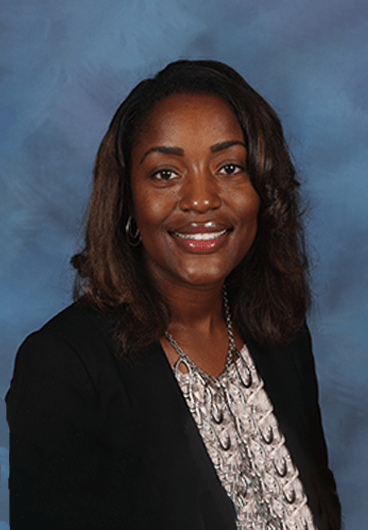
Tomeka Love
Red Bank Elementary School
Lexington, South Carolina
tlove@lexington1.net
Best Practices
1) Whole Child Initiatives: Healthy students who feel safe, supported, engaged, and challenged in their learning environment will experience academic success. In my current setting, we meet the child’s needs by addressing the five tenets outlined below.
Healthy & Safe Learning Environment
- Morning Meeting: Our morning meeting time is devoted to all students having an opportunity to start their morning in a safe and nurturing space to create a sense of belonging within their learning environment. Students start their morning by greeting one another by name, sharing important events in their lives, and closing with a morning message from the teacher to preview the work for the day. Morning Meeting is an effective practice for highlighting academic content actively and interactively, leading to joyful and energetic learning.
- Mental Wellness Team: Additionally, our biweekly mental wellness team meetings, which consist of our school counselor, school psychologist, community school-based mental health counselor, and administrators, create a space where individual student/family needs are discussed. As a team, we discuss appropriate resources and supports to meet the child’s needs to ensure academic success. The community partnership and collaboration within our mental wellness team help support our work in keeping students healthy and safe.
Supported
- Community Mentoring Program: Our educational systems must be structured to expand beyond the classroom walls to ensure partnerships are a priority. As an assistant principal, I play a huge role in leading teams where parents and the local community collaborate to promote the health and well-being of each student. Our school has a long-standing community mentoring partnership of 20 years with Michelin. This year, our school counselor and I met with their team and other community supporters to share the impact Michelin has on our school community and set goals for the 2023-24 school year. We are celebrating 20 years of service in a long-standing mentoring partnership that has impacted the lives of hundreds of students in grades K-5.
Engaged & Challenged
- Personalized, Competency-Based Learning: As the instructional leader, I have been fortunate to collaborate with the South Carolina Department of Education Office of Personalized Learning to continue our work with personalized, competency-based learning. Personalized, competency-based learning empowers students to take ownership of their learning through supports aligned to their prior knowledge or level of competence and progress at their own pace upon demonstrated mastery of a skill. Teachers provide timely, effective feedback and rigorous performance assessments, informing student growth. As a result of empowering students to take ownership of their learning, students engage in student-led conferences, sharing their academic and leadership habits of success. In closing, when we meet whole child’s needs, we prepare them to be lifelong learners and productive citizens who will “Lead, Learn, Love, and Pass it On.”
2) Assistant Principal as Instructional Leader: As an instructional leader, I equip teachers with the proper resources and professional learning to create a system that supports their continuous learning and development. In turn, teachers know to support the students’ academic, cognitive, social, and emotional development and create safe, affirming, and engaging learning environments. It starts with creating an influential professional learning community with shared beliefs about students’ and teachers’ ability to impact learning. Our school-based work plan serves as the framework that drives my work daily and is structured to address the needs of our students. We have two goals this year, one academic and the other supporting the whole child.
To achieve these goals, I work with grade-level leaders and the school leadership team to build their capacity to lead and to create a year-long professional learning plan with biweekly check-ins to assess progress toward our goals. As a leadership team, monthly learning walks were used to collect low-inference data, share our findings with faculty and staff, and then outline our next steps. Teachers also have an opportunity to observe and collaborate within and outside of their grade level.
In addition to engaging teachers in continuous learning, I completed a year-long residency in our Aspiring Principals Academy to enhance my instructional leadership to implement improved programs, processes, and practices within my school. Self-reflection and a love of learning are essential for an instructional leader when leading for change. Additionally, leading effective change requires collaboration and ongoing feedback from faculty and staff. An essential part of giving teachers a say in their professional learning is taking their feedback and acting on it. Teachers reported the need for voice and choice in professional learning. I collaborated with our school leadership team and created a plan to meet their needs.
By extending choice and voice to teachers as part of our professional learning framework, teachers’ professional judgment was honored, their adaptive expertise developed, and students benefited. The success of our school learning environment and the impact within the classroom is due to offering choice and voice when leading teachers. Teachers thrive because they drive their learning in response to students’ needs, accelerating the development of competencies through professional learning that leads to high-quality teaching. Choice and voice in professional learning honor teachers’ ability to independently and creatively identify, generate, and implement solutions to problems of practice that elevate teacher engagement and, therefore, student achievement.


